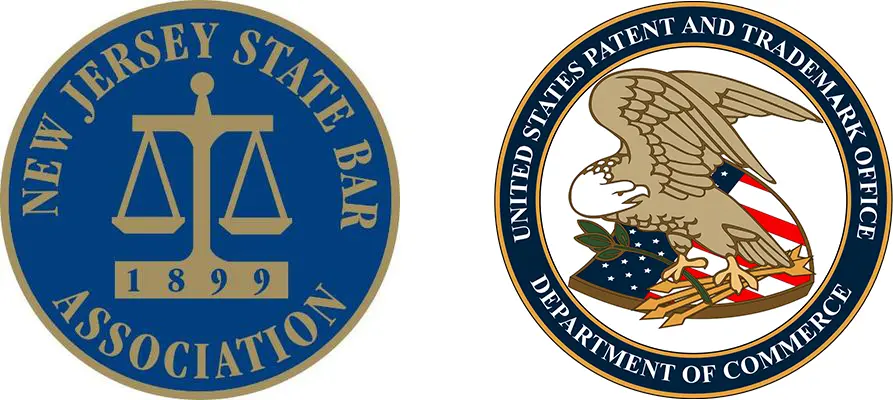Interpretation of the Safe Harbor Provision (JPPCLE): Drawing Lines Of Demarcation (Part 2)
November 20th, 2014 by Thomas J GerminarioThe following was presented at the Joint Patent Practice Seminar, April 2014. Read part 1 here.
1. Lineage and Consonance
Patent jargon is full of colorful genealogical metaphors; and so we have patent “families”, “parent” and “child” applications, and even “lineage”. Since, in the biological sense, none of us can choose our lineage, we consider it unfair for any of us to suffer prejudice because of it. And a very similar ethical sensibility applies to the Safe Harbor doctrine. Since the patentee cannot control the lineage of a patent resulting from a restriction requirement, the sanctions of double patenting should not apply. In one of its few glimmers of lucidity, the otherwise turbid verbiage of the Safe Harbor provision speaks to applications filed “as a result of” a restriction requirement. Interpreting this pregnant phrase, the seminal court rulings hold that patents issued “as a result of” a restriction requirement can’t be cited as references against each other for double patenting purposes. These decisions have developed a logical framework for the Safe Harbor based on a lineal relationship between the “restricted” application, the “reference” application, and the “challenged” application.
If the first pier of the judicially restructured Harbor is “lineage”, the second pier is something called “consonance”. Not only must the “restricted”, “reference” and “challenged” applications all share a common lineage, but they must all honor the lines of demarcation drawn by the original restriction requirement. While acknowledging that consonance was the “most challenging issue” in the St. Jude case, the trial court nevertheless stumbled over the complex lines of demarcation imposed by both restriction and species election requirements. Let’s see if we can understand why.
2. Multi-Level Consonance?
St. Jude Medical was seeking enforcement against Access Closure of the Janzen patent (7,008,439), which taught a particular device for plugging a vascular puncture, as well as an associated method. The jury at trial had found that Janzen’s claims were not patentably distinct from those of another St. Jude patent (5,725,498), which was a “sibling” of the Janzen patent. On that basis, the jury found that the Janzen claims were potentially invalid for obviousness-type double-patenting over the “sibling” patent, subject to the trial court’s determination of the applicability of the Safe Harbor provision. Janzen and its sibling were both continuations of a common parent (5,830,130), which issued on an application filed as a divisional of a grandparent (5,391,183).
In both the grandparent and parent applications, a restriction was imposed between two groups of claims: Group I, drawn to devices for plugging vascular punctures, and Group II, drawn to methods for plugging vascular punctures. Along with the restriction requirements came a requirement for election between three apparatus species, designated as A, B and C. In the grandparent and parent applications, St. Jude elected Group I (device) and Species B. The Janzen patent was issued with both device (Group I) and method (Group II) claims involving a Species C apparatus.
Access Closure argued that the relevant line of demarcation established in the parent and grandparent applications was between Groups I and II, devices and methods, and that Janzen claims, by straddling that line, were not entitled to Safe Harbor protection. On its side, St. Jude propounded a novel theory of “multi-level” consonance, according to which the requirement to elect species – and even sub-species and sub-sub-species – gives rise to multiple layers of “non-elected subject matter”, all of which is fair game for subsequent divisional and continuation applications. In this reckoning, the lines of demarcation merge into a hopelessly convoluted matrix from which double-patenting-exempt applications can proliferate almost endlessly.
Surprisingly, both the District Court and the Fed Circuit majority bought into this Byzantine approach. Their respective consonance analyses differed, leading to reversal of the District Court’s judgment in favor St. Jude, only because the Fed Circuit interpreted the scope of the sibling patent claims more broadly, as extending across methods (Group II) pertaining to all three apparatus species. The Fed Circuit outcome retains a measure of rationality only because they, somewhat arbitrarily, limit the application of their “multi-level” consonance methodology to the election of species, and not also to sub- and sub-sub-species, as St. Jude urges in its brief. Logical consistency in this misguided dispensation would actually have resulted in as many as 240 potential protected divisional categories1 – enough to float an armada of applications into the Safe Harbor!
Part 3: Judge Lourie’s Concurrence »
1 In the parent and grandparent applications, election was required among 3 species, 8 sub-species and 5 sub-sub-species, thus engendering, along with the two restriction groups, 240 possible combinations.

